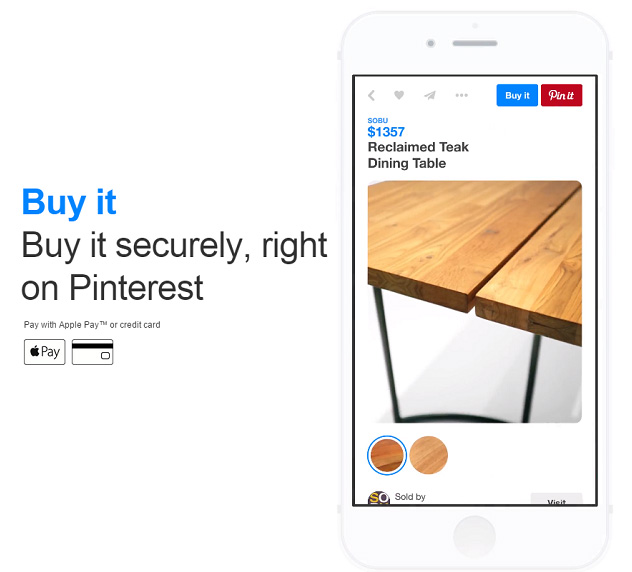“It’s likely that today you will spend time on your favorite social media channels. According to Adweek, it’s also likely that you’ve got at least five different accounts and you’ll average approximately two hours managing them every day.”
Two hours folks. Ask anyone who works for a living and they will tell you that 2 hours is a precious amount of time, especially on unrelentingly busy weekdays. Yet we’re still managing to make that much time for our social media accounts.
That says a lot about us, and what we collectively value and invest in as a society. Sociability and affirmation come to mind. But it also speaks volumes about the tech industry’s efforts to accommodate evolving consumer lifestyles.
Most of us don’t have a solid two-hour block to peruse our social media nonstop, so we tend to steal every in-between minute to indulge in our social media obsessions. From that one-minute walk to the bathroom during our workday to the 30-min bus ride home, people can tap into the social media stream at their convenience and advancements in mobile technology have made that possible.
Likewise, the Marketing industry has always had their hands dipped in the Social Media pool, mostly for brand exposure. Where it used to be about visibility however, there has been a recent shift towards comprehensive and consumer-convenient POS capabilities.
Personalized digital wish list Pinterest has been developing ‘Buy It’ pins that will eliminate the ‘wish’ factor for many. See a fabulous throw pillow you just have to have? It can be yours without ever having to leave the site. The instant buy button is a smart move for the company, which has routinely outperformed most other social channels in terms of generating revenue for participating brands.
It isn’t just Pinterest however. Popular photo and video sharing site Instagram recently revealed their plans to incorporate more ads and integrated ‘direct response’ options that will enable users to buy something they like, download an app or even sign up for a website that catches their eye. In the new customized shoppable galleries, customers can organically discover new products and are just a tap away from purchasing.
Not wanting to miss out on the fun, and perhaps hoping to give their struggling site a boost, Twitter is also jumping on the bandwagon by announcing their plans for ‘Product and Place’ pages. The idea is that the images and videos featured on those particular pages will be accompanied by options to buy, book a ticket or visit a different website for more information on the subject.
While Instagram and Twitter have both been somewhat hesitant to call a spade a spade, Pinterest has had no issue pinpointing what this update is about. Buying, duh. It’s obvious that consumer lifestyles are rapidly changing and to keep up with the tide, marketers need to target the avenues that capture the most attention. It’s good business for marketers and honestly, great news for consumers.
How could more advertisements possibly be a good thing for consumers? Isn’t every commercial break on television or the web met with a collective groan? Yes, they are, but these immersive ad experiences are different. All three social media platforms have discussed the need for relevancy and unobtrusive integration.
Translation: They’re not altering anything too drastically, and the developing algorithms are being built to display images that the consumer will be interested in.
As long as people remain dedicated to social media, we can all expect that these platforms will continue to evolve in a way that benefits businesses and consumers. For now, it seems that a social media / e-Commerce merger is imminent, which means that soon, you’ll be able to ‘poke’ that crush of yours and buy a killer pair of shoes- all through your favorite social channel.




